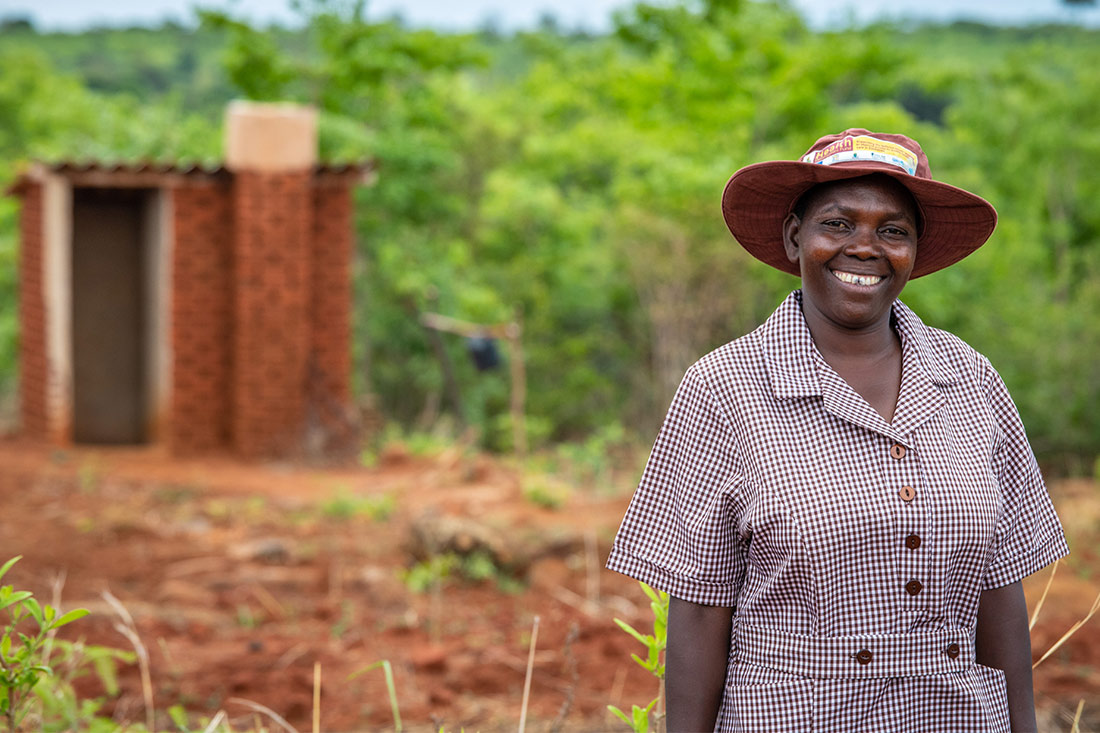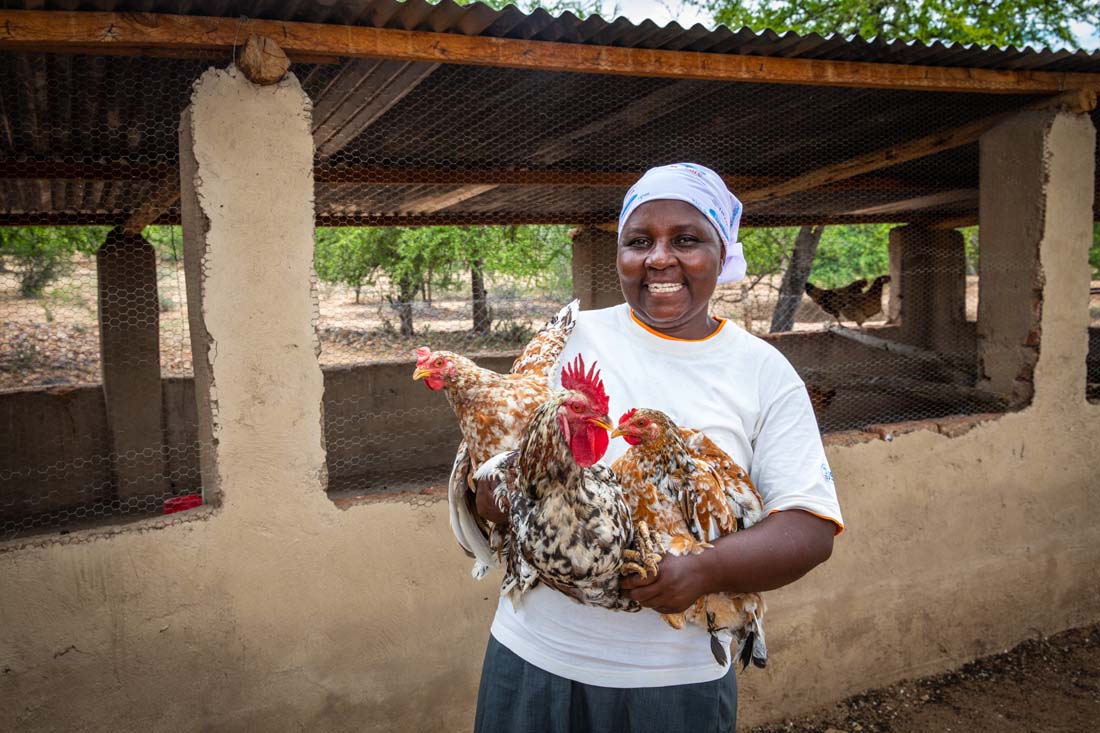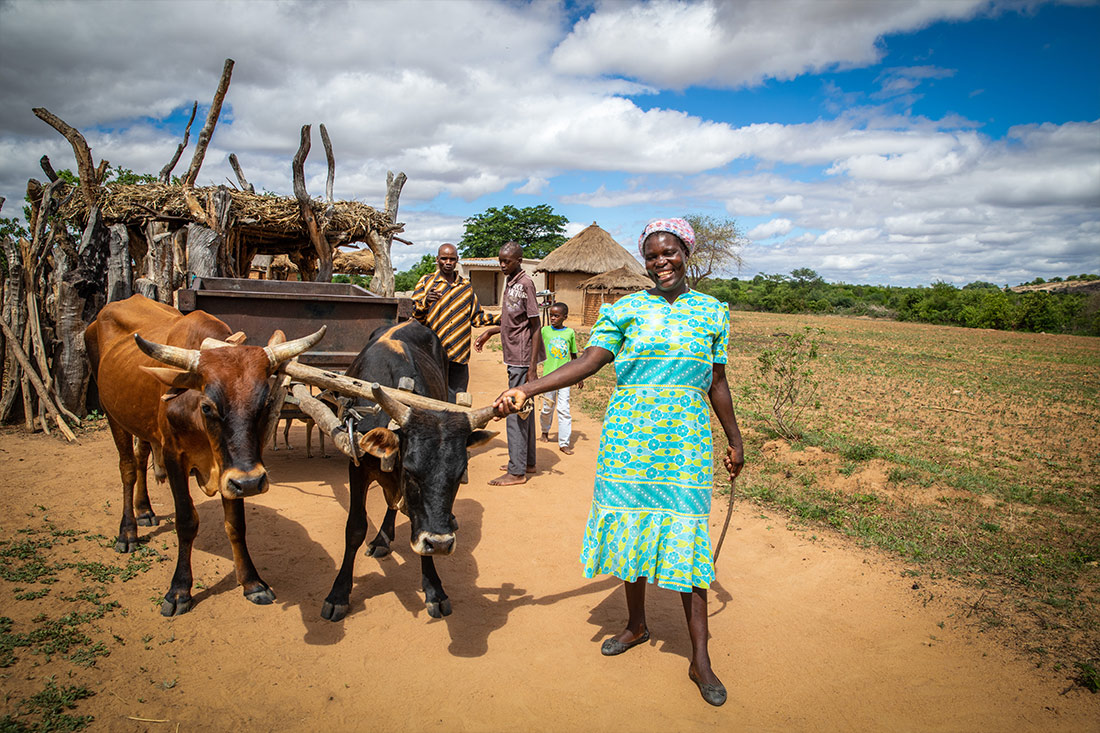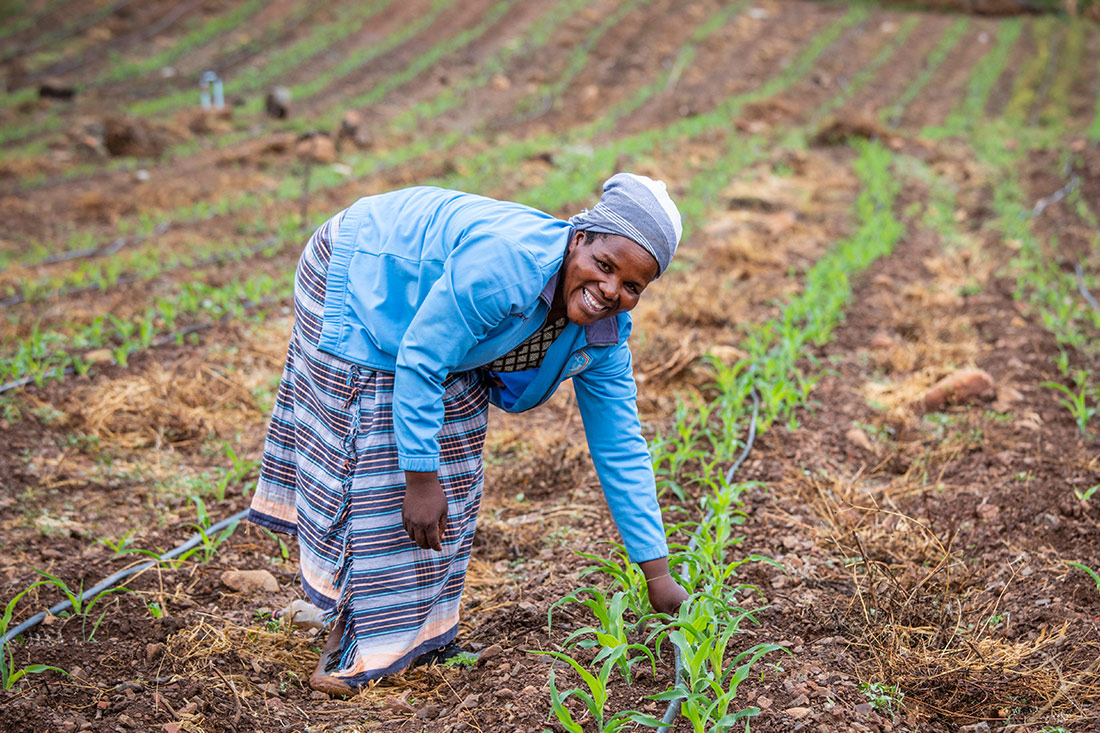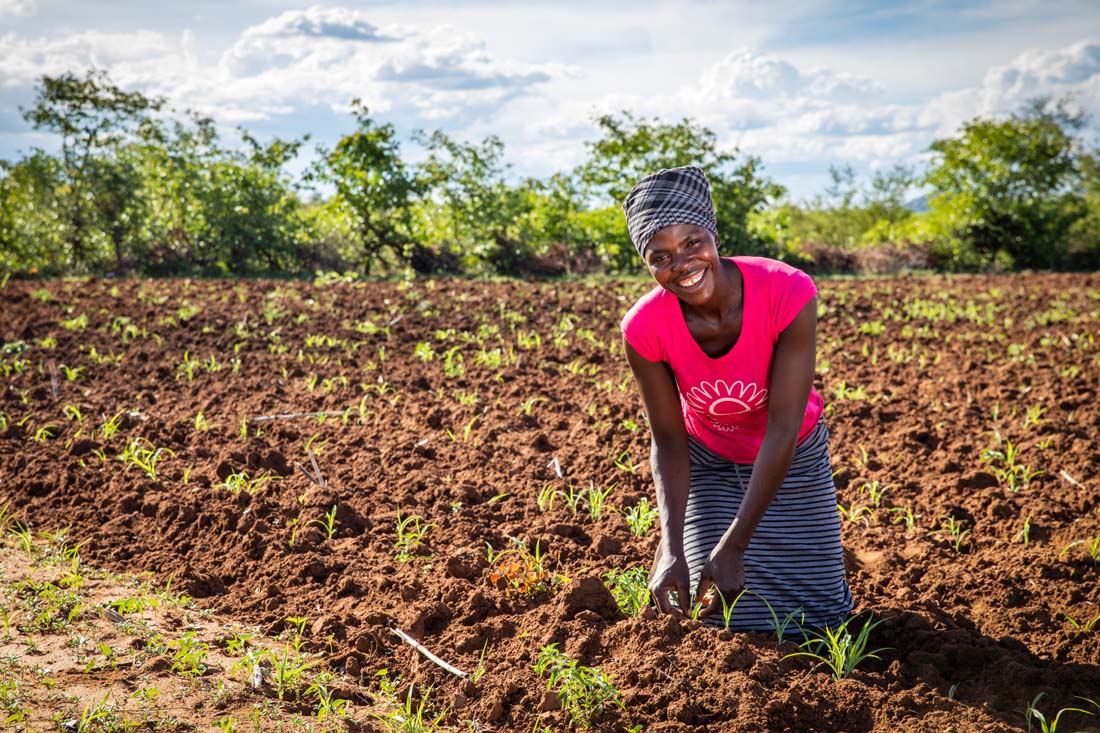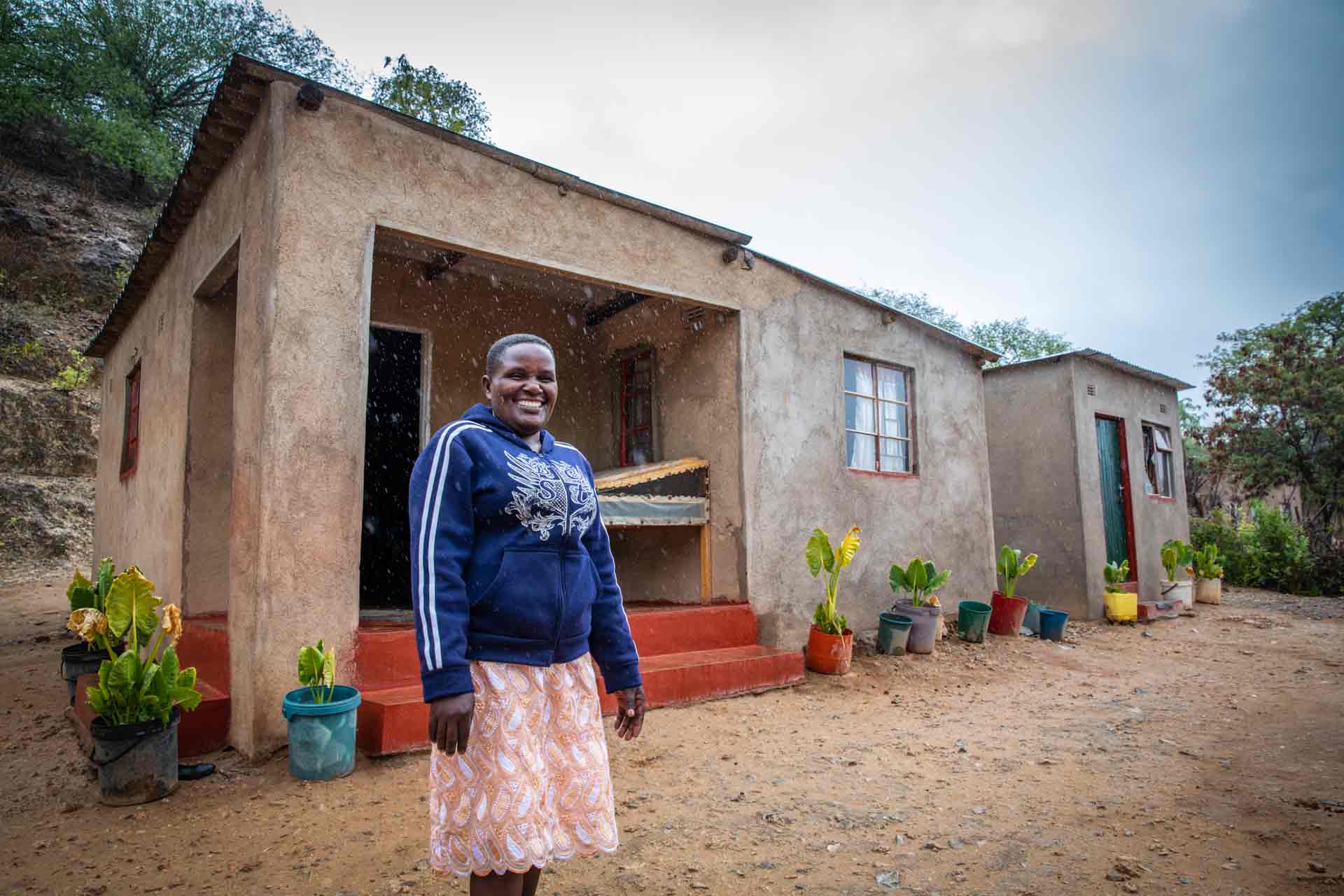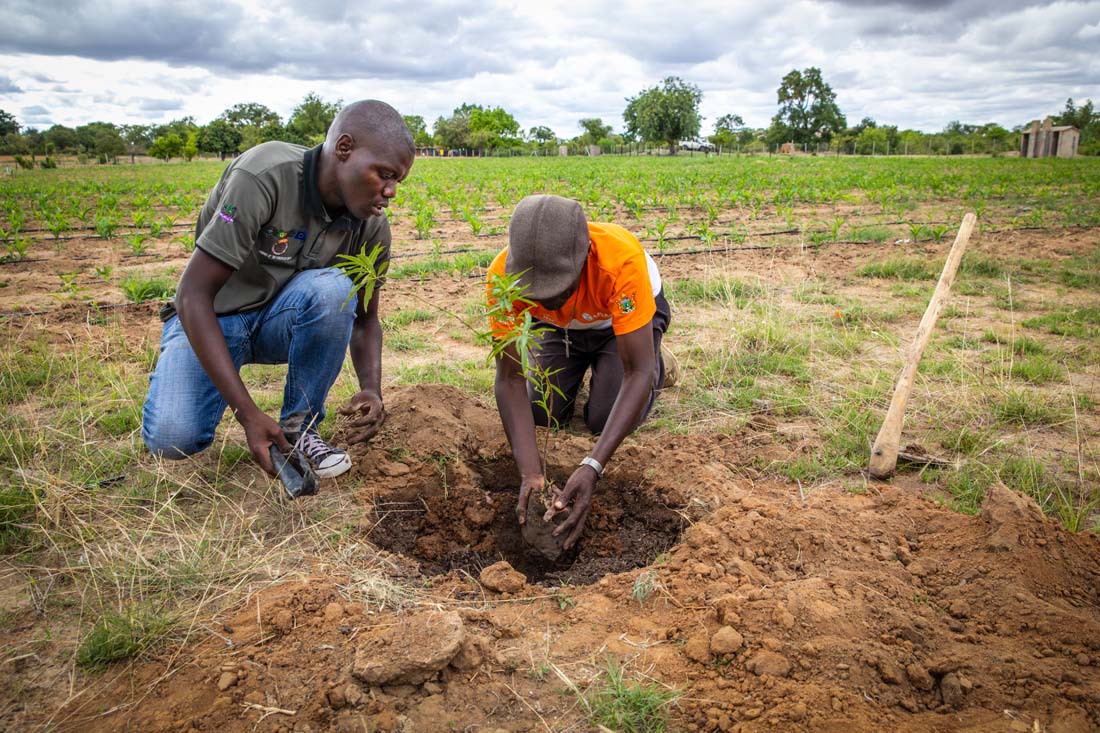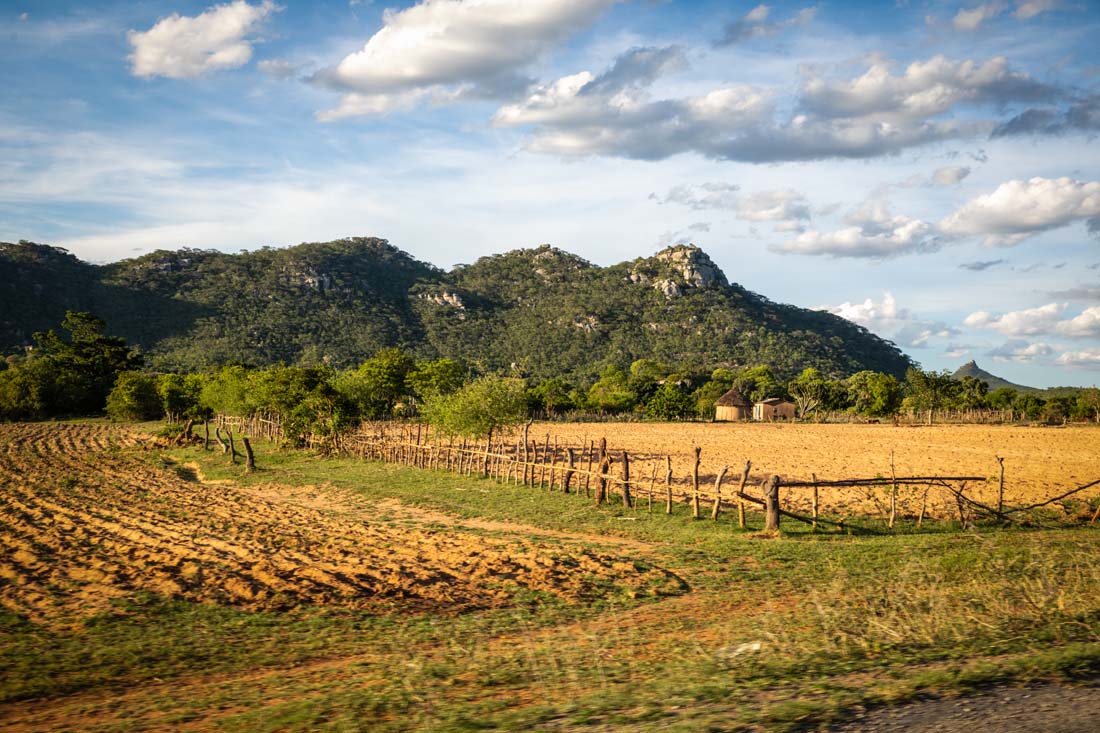
From fragility to resilience: How World Vision is increasing livelihoods and building food security in Zimbabwe
Stories by Kristy J. O’Hara-Glaspie | Photos by Chris Huber
Seven years ago, World Vision set off on a journey to improve the lives of more than 215,000 people in eastern Zimbabwe through a USAID-funded program called ENSURE — Enhancing Nutrition, Stepping Up Resilience and Enterprise.
The program targeted six districts across Manicaland and Masvingo provinces. Through partnerships with the government, local leaders, and other nongovernmental organizations, ENSURE focused on three key facets: improving food security and livelihoods through agriculture and economic empowerment programs, improving health through nutrition programs, and improving natural resource management through environmental stewardship programs.
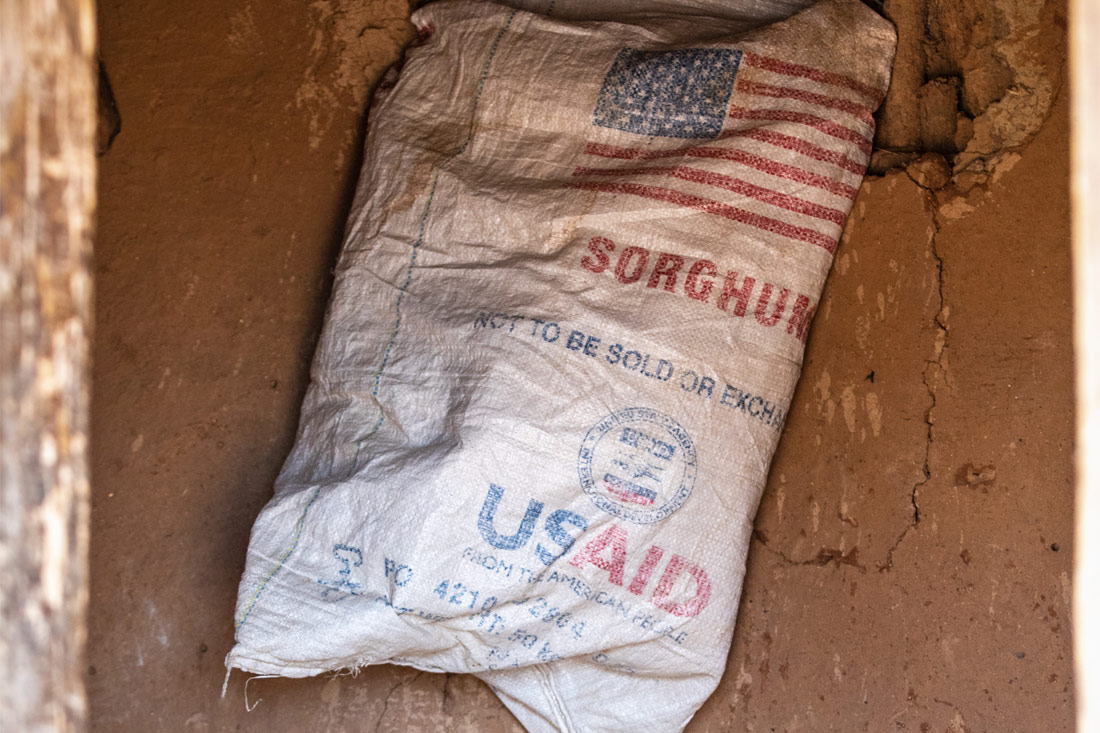
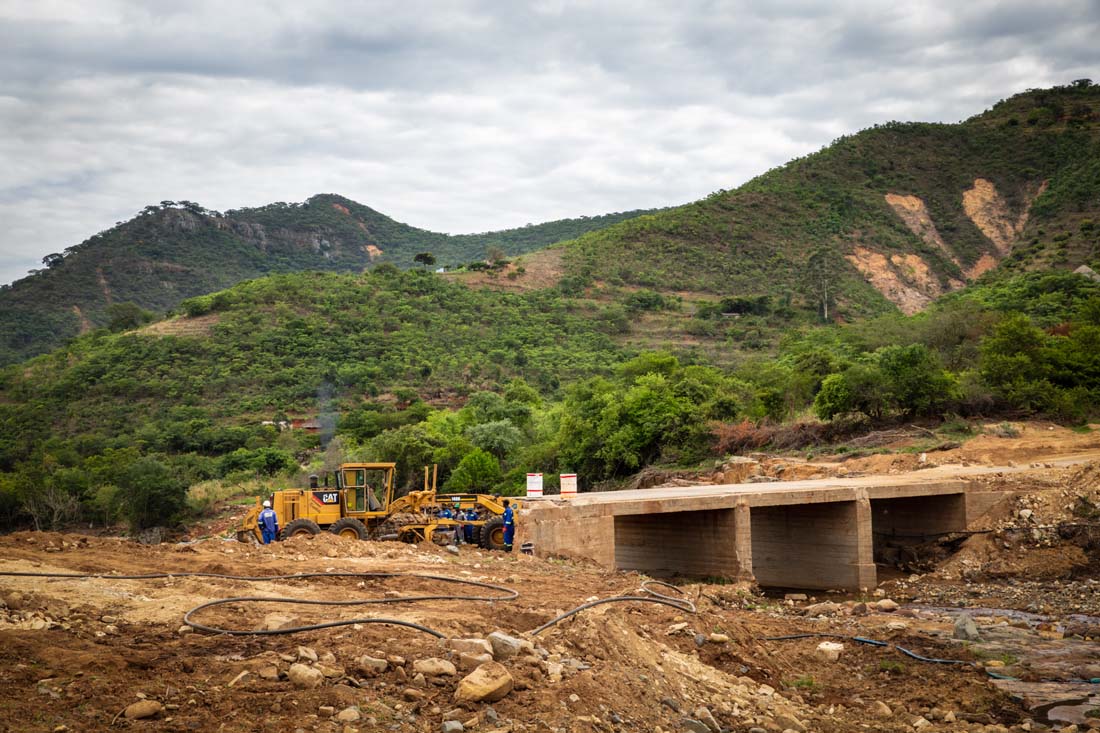
“It’s looking at the richness of the program — how deep are you going?” says Richard Ndou, who has served as chief of party leading the ENSURE program. “We did well because we integrated so many components.”
It was an ambitious undertaking, and unbeknownst at the time, that journey would be fraught with droughts, cyclones, insect infestations, and an unstable economy creating 440% inflation. Yet despite all these obstacles, the program has seen great success and lives have improved.
“Seven years has been a long journey, and there’s quite a number of things we’ve seen change”
RICHARD NDOUBefore ENSURE
After ENSURE
Before ENSURE children under 5 who are stunted in ENSURE areas: 28.1%
After ENSURE, children under 5 who are stunted in ENSURE areas: 19.6%
Farmers accessing financial services: 14.2%
Farmers accessing financial services: 27.5%
Households practicing safe drinking water storage: 53.2%
Households practicing safe drinking water storage: 97.5%
Households with handwashing station near sanitation facility: 2.7%
Households with handwashing station near sanitation facility: 8.7%
Households with an improving source of drinking water: 44.2%
Households with an improved source of drinking water: 52.7%
Prevalence of exclusive breastfeeding of children under 6 months: 35.8%
Prevalence of exclusive breastfeeding of children under 6 months: 60.6%
Households with moderate or severe hunger: 26.9%
Households with moderate or severe hunger: 36.9%
*This increase is the result of drought-related foot shortages and the very difficult economic situation in Zimbabwe
Average coping strategies index (communities finding ways to cope with food shortages due to droughts/floods): 28.6%
Average coping strategies index (communities finding ways to cope with food shortages due to droughts/floods): 45.5%
Farmers who used at least five sustainable crop practices and/or technologies in the past 12 months: 40.7%
Farmers who used at least five sustainable crop practices and/or technologies in the past 12 months: 49.7%
4,519 households with access to 282 acres of irrigation land
- 40 dams proving water to irrigation
- 3 livestock water dams
- 8 solar-powered irrigation schemes with off-shoot projects of fish or fruit trees
Farmers have better crops. People are raising more livestock. Families are practicing improved sanitation and hygiene. Parents have income to buy food and send their kids to school. Children are healthier and have a stronger future ahead of them — a future that involves completing school instead of dropping out to get married or work. It’s a future that dares them to dream of the possibilities and hope for a life full of choices beyond the poverty many of them have only known. On top of all that, women are now empowered, which is leading to new trajectories for their families.
And with so much work already completed, communities are still hopeful that World Vision would secure a new grant so the programs that started under ENSURE could expand into other communities. For instance, Richard says in Buhera district, there are 30 wards, yet only eight had ENSURE programming, so there is still much need.
“We agree ENSURE should continue,” says John Misi, who serves as the district administrator in Chimanimani, one of the districts ENSURE worked in.
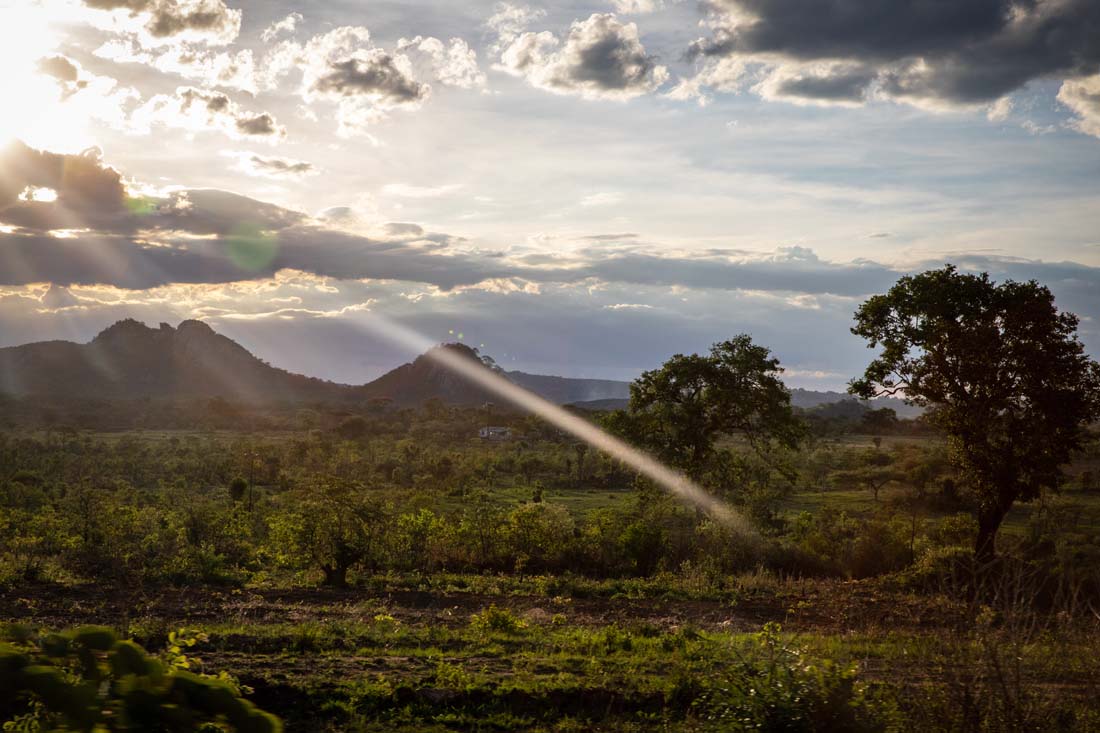
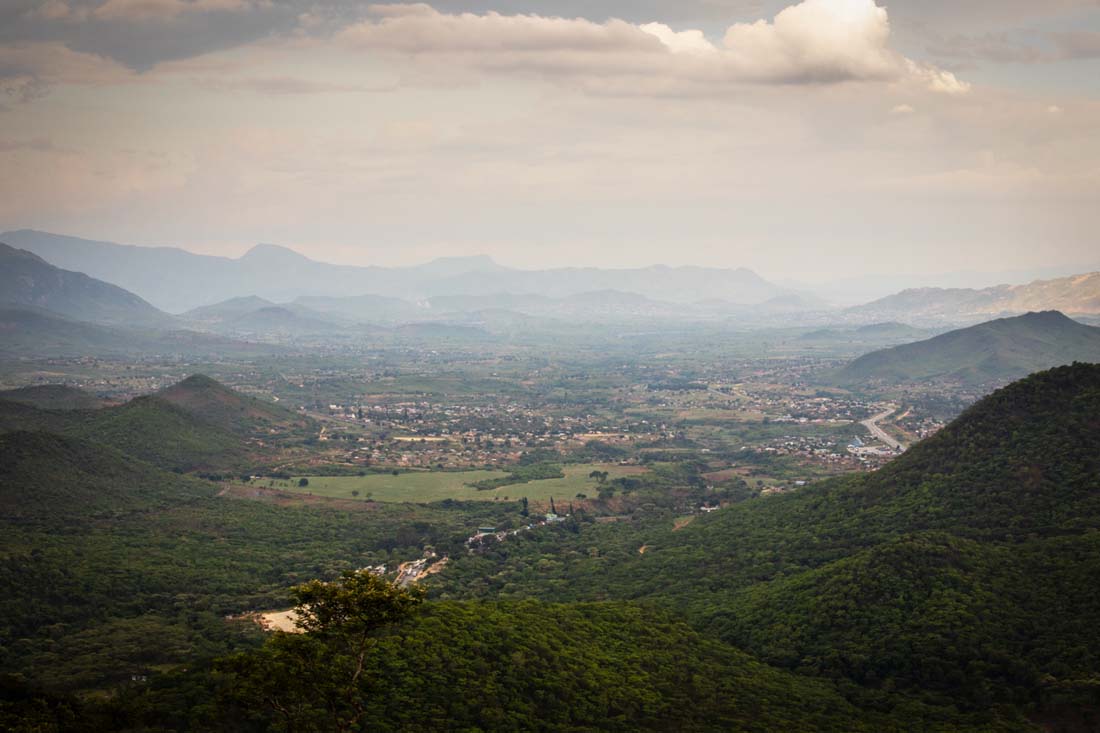
While there is still a lot of need, the good news is as people have learned new ways of working, they’re sharing that knowledge with others in their community, so even more people are benefitting as change spreads by word of mouth. Even people who were initially skeptical have had a change of heart.
“When we started dams, they didn’t want to participate, or they would start and drop out because they didn’t understand,” Richard says. “When they started seeing the walls going up and the water slowly accumulating, they said, ‘Oh!’ The people that dropped out came back. When you see that, it motivates people, and seeing others do and seeing the results from the other groups, it motivates.”
With so many people impacted by ENSURE, the evidence of lasting change is everywhere.
“I’ve always said if you can work with World Vision, you are assured of assistance that will last,” John says of the change he sees.
But beyond the facts and figures are the incredible stories of people who persevered against all obstacles and whose lives have changed drastically in seven short years. Here are a few of their stories.
